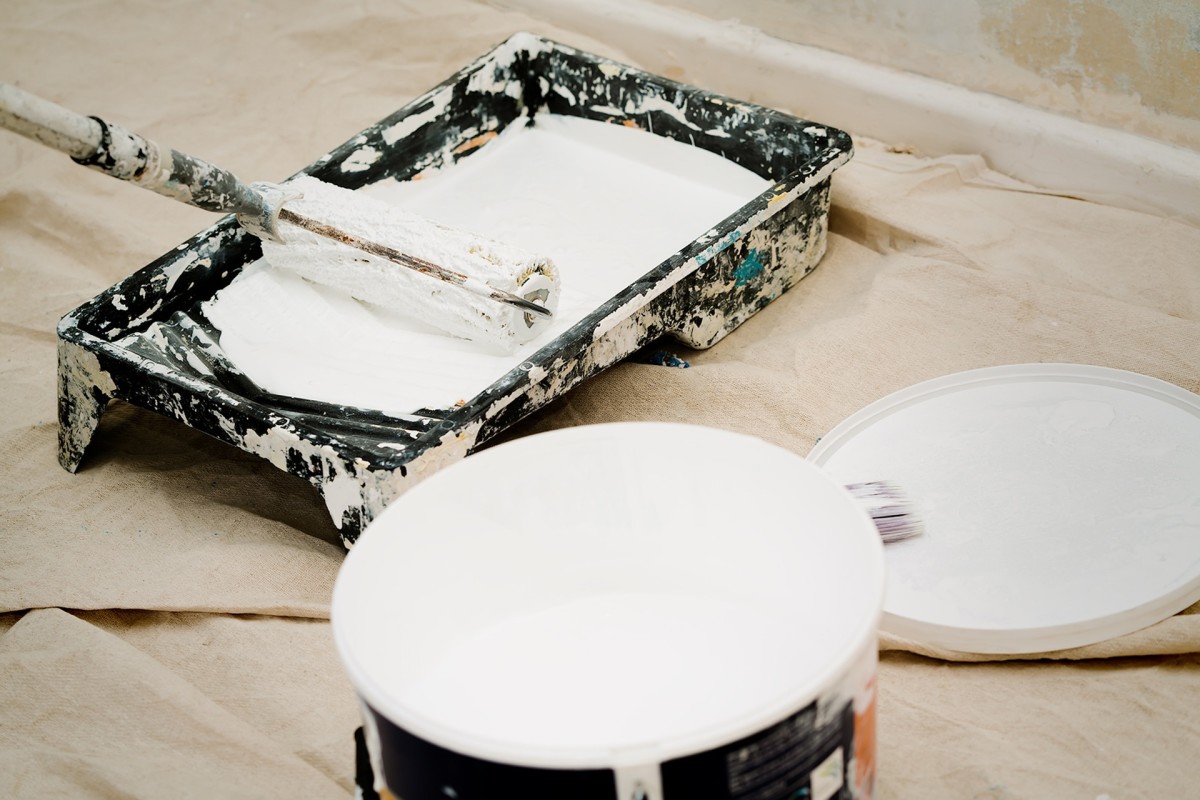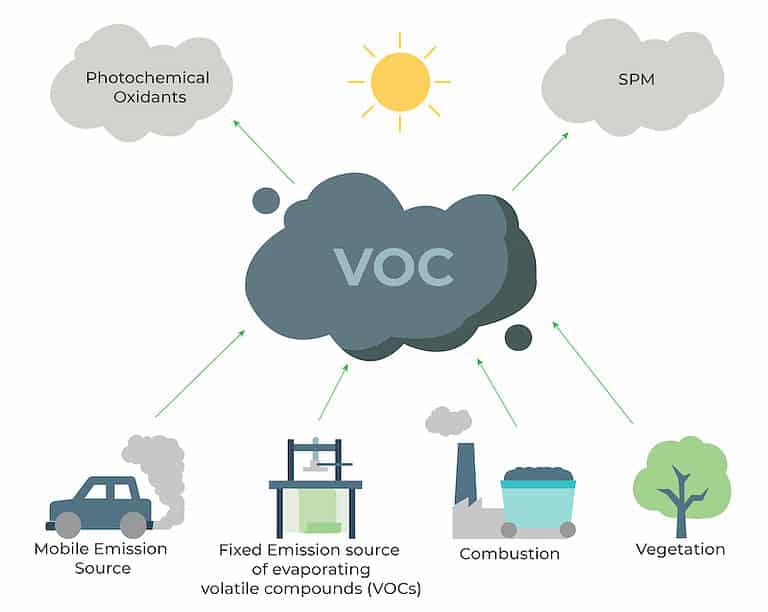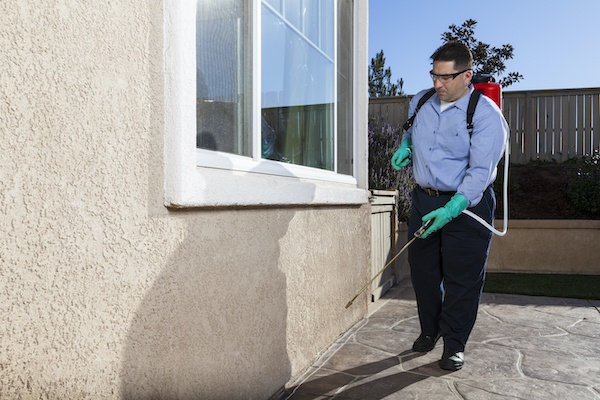7 Everyday Dangers in Your Home
In our pursuit of modern convenience, we often overlook the potential hazards lurking within our homes.

Introduction
In our pursuit of modern convenience, we often overlook the potential hazards lurking within our homes. These seemingly harmless materials and products may pose significant risks to both our health and the environment. Join us as we explore seven common culprits hiding in plain sight, threatening our well-being and the planet's sustainability.
1. Plastic Pollution: A Silent Threat

Plastic, once hailed for its convenience, now stands as a symbol of environmental degradation. Derived from fossil fuels, plastic production contributes to greenhouse gas emissions and exacerbates climate change. Furthermore, plastic waste inundates our oceans, endangering marine life and disrupting fragile ecosystems. Embracing alternatives like glass and biodegradable materials can help mitigate this pervasive threat.
2. Non-Stick Cookware: A Potential Health Hazard

Teflon-coated pans offer non-stick convenience but harbor hidden dangers. Chemicals used in their production, such as PFOA and PFOS, have been linked to adverse health effects, including cancer and hormonal disruption. Transitioning to safer alternatives like ceramic or cast iron cookware can reduce exposure to these harmful substances.
3. Lead Contamination: Lingering Risks

Despite bans on lead in gasoline and paint, this toxic metal persists in older homes and plumbing fixtures. Lead contamination in drinking water poses serious health risks, particularly to children's developing brains and nervous systems. Prioritizing water testing and replacing lead pipes can help mitigate this silent threat to public health.
4. Mercury Exposure: A Neurological Concern

Mercury, commonly found in thermometers and fluorescent bulbs, poses a significant risk to human health. Exposure to this neurotoxic substance can impair cognitive function and cause neurological disorders. Opting for mercury-free alternatives and proper disposal methods can minimize the risk of mercury contamination.
5. Flame Retardants: Balancing Safety and Health

Flame retardants, prevalent in furniture and electronics, aim to enhance fire safety but may pose health risks. Some formulations have been linked to hormone disruption and developmental abnormalities. Choosing furnishings made from natural fibers and researching flame retardant content can help mitigate potential health hazards.
6. Volatile Organic Compounds (VOCs): Indoor Air Pollution

Paints, cleaning products, and furnishings emit volatile organic compounds (VOCs), contributing to indoor air pollution. Prolonged exposure to VOCs can lead to respiratory irritation and other health issues. Selecting low-VOC or VOC-free products and ensuring adequate ventilation can improve indoor air quality.
7. Pesticide Use: Environmental Impact

While pesticides effectively control pests, indiscriminate use poses risks to human health and the environment. Adopting integrated pest management strategies and utilizing natural pest control methods can help minimize chemical exposure and preserve ecosystem health.
Conclusion
Awareness and informed decision-making are critical in mitigating the risks posed by everyday household hazards. By embracing safer alternatives and advocating for sustainable practices, we can protect both ourselves and the environment. Let us strive to create homes that prioritize health, sustainability, and environmental stewardship for the well-being of present and future generations.